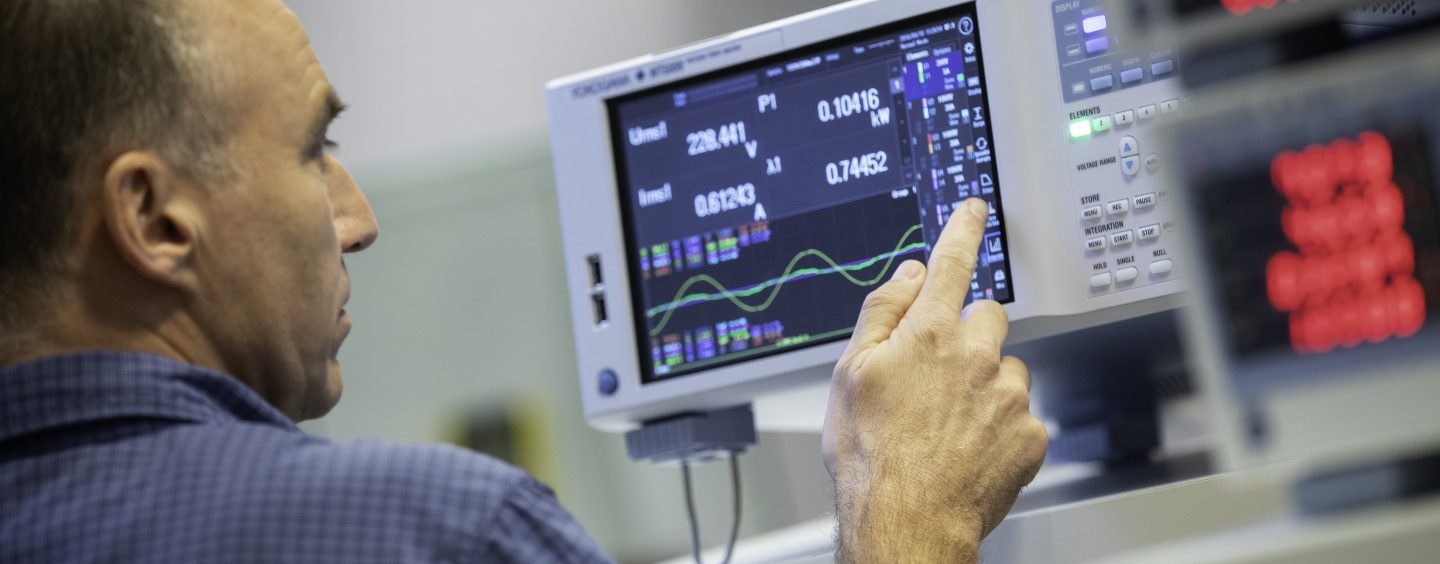The good old 1990’s where technology had evolved to bring us The Nintendo GameBoy, Large cellular mobile phones, the 1GB RAM in computers and of course the recognition of the World Wide Web.
The marketing campaigns behind each of these differed, yet for me there was one particular slogan which still sticks with me today – “It does exactly what it says on the tin”.
Although I had very little use for Woodstain in the 90’s, it was something that brought about curiosity and some doubt about everyday items that I use, after all ‘Everything should do what it says it does….Shouldn’t it???’
Where a particular cost was involved, this very slogan led me to spend that extra time in checking what I was buying to ensure that A) It was capable of doing what it said it did and B) It delivered what I needed from it
The ‘Specification vs Performance’ process occasionally resulted in big differences where products would only perform under certain conditions and advertised performance applies only at particular key moments.
A good example was when I was looking to purchase a car with a good MPG, all cars at that time had one MPG number which looked great on paper, yet when I discussed that I would be driving in a City I found that the MPG was not represented on the advert. Nowadays there is better clarity on this with Urban, Ultra Urban, Highway and Combined MPG’s specified.
Specification vs Performance’.
With a number of years experience with Test & Measurement, both as a user and in a similar capacity to which I work in today, I still find myself questioning the ‘Specification vs Performance’.
After all ‘Everything should do what it says it does….Shouldn’t it???’
Sadly I find this to not be the case and I frequently show users of test equipment that what is advertised and what is specified in the wider market can be two very different things. At this point, part of my job is done because the test engineer can then judge for themselves whether or not to accept the performance of the instrument.
Take Oscilloscopes for example, suppose you have two signals and like most engineers you may decide to put signal one in the top half of the screen and the second signal in the bottom half. What is not known is that the specifications for some oscilloscopes where Bit resolution is concerned applies to all signals on the screen rather than per signal, this means your resolution halves because you are ‘stretching’ the Analogue-to-Digital converter across two signals where the specifications apply only to one.
Another example, Power Measurement – A common post-discussion remark from customers is: “Who would have thought that a product called a Power Meter doesn’t measure Power”. It’s true, depending on the type of power you want to measure. There are some other Power Meters out there that do not measure the consumed power in a system, namely Active Power (with the single exception where PF=1.0), which I find to be the type of power that the majority of engineers need to measure.
Expanding on Power Measurement, if Harmonics are not a concern now then as the world becomes even more ‘Electrified’ then you may find this term is applied more often. Harmonics brings about a need for higher frequency measurements, so what if I said that despite the majority of Power Meters being advertised to measure harmonics in compliance with regulatory standards, that in Real World Applications they are not proven to perform to that level?
The proof lies in Accredited calibration, not ISO9000 but ISO17025 calibration i.e. proven to International Standards and assessed by an independent party, the national accreditation body. The second most capable calibration facility (of which there are many) can calibrate Active Power to 850Hz; this means that unless the fundamental frequency is 17Hz or lower, then your Power meter is not proven to measure to the 50th Harmonic Order.
On the flipside it means that if the fundamental frequency is 50Hz then your meter is only proven to the 17th Order. In high frequency applications e.g. Aerospace, where fundamental frequencies are higher, the proven performance is even less.
In 2015, Yokogawa Test & Measurement reached the limit of technological evolution by becoming the world’s first non-governmental facility to receive full ISO17025 Accreditation for power measurements at up to 100 kHz. Learn more about our unique calibration capabilities.
Although backed in many other ways, this Accreditation alone means a Yokogawa Power Meter can be trusted to do ‘exactly what it says on the tin.’
Some Tips for what to consider when searching for your next Test Instrument:
- The term ‘Typical’ which means a non-warranted measurement
- Nominal Accuracy / Basic Accuracy which is not a Power Accuracy
- Where do the accuracies apply? No precision based instrument has one accuracy across a wide range
- Reading it right with range – A worthwhile read.


